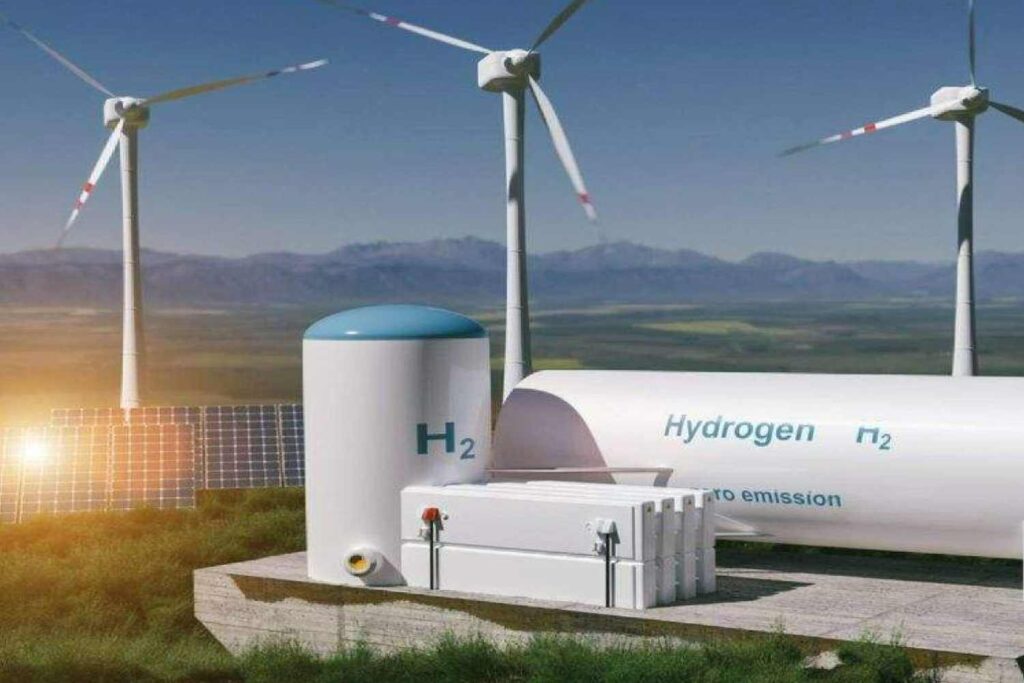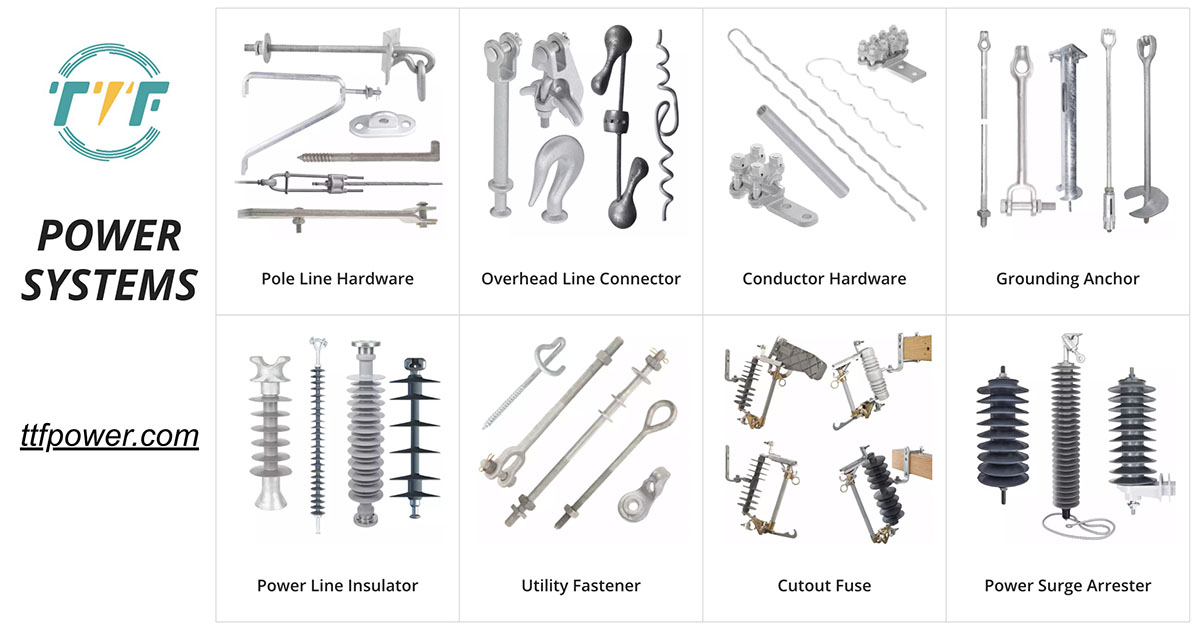
Colombia is currently experiencing a boom in green hydrogen due to the presence of renewable energy. It is also from the growing expertise in the energy sector and strategic government initiatives. Green hydrogen in Colombia aims to boost sustainable energy production in the country. Currently, Colombia is highly dependent on hydropower, which accounts for 70% of its electricity supply. Through the use of wind, solar, and hydropower, the energy can power the electrolyzers that split water into hydrogen and oxygen. This process produces little to no greenhouse gas emissions. Green hydrogen provides a clean and sustainable alternative to fossil fuels. Also, deadend clamps serve in supporting power lines used to end electrical conductors at the end of power lines.
High-quality deadend clamps help prevent electrical accidents by providing a secure termination point for conductors. The deadends can help to ensure the reliable transmission of electricity to and from green hydrogen facilities. Deadends are crucial parts of the infrastructure that support the development and operation of green hydrogen. Colombia’s government has made investments to shift from the use of oil and coal to renewable energy. This can also help in supporting the development of green hydrogen in the country. The development, however, faces several challenges. This includes lack of customers, financing, and disagreement with local communities. This article looks at the role of deadend clamps and the challenges facing the development of green hydrogen in Colombia.
Role of deadend clamps in green hydrogen development and infrastructure
Deadend clamps serve in the infrastructure and development of green hydrogen projects. They help in the setup and maintenance of electrical systems that support hydrogen facilities. Deadend clamps secure transmission of renewable energy to electrolyzers. This helps to maintain the reliability and efficiency of green hydrogen production. The development of infrastructure necessitates the need for deadend clamps. The following is the importance of deadend clamps in green hydrogen development.

- Supporting renewable energy grids – deadend clamps helps in creating reliable electrical transmission networks. It connects renewable energy farms to hydrogen production units. They provide a secure termination point for transmission lines at their endpoints.
- Withstanding harsh environmental conditions – green hydrogen is mainly located in areas with abundant renewable energy resources. These areas experience harsh environmental conditions like high winds, salt spray, or extreme temperatures. Deadend clamps have designs to withstand these environments. This helps to ensure the transmission lines remain secure.
- Securing transmission lines – green hydrogen is produced from electrolyzers, which need large amounts of electricity. Deadend clamps work in these installations to anchor high-voltage overhead power lines. This ensures the stable delivery of electricity from renewable energy sources to the electrolyzers.
- Integration into hybrid systems – hybrid renewable energy systems combine sources such as solar and wind. Deadend clamps ensure the stability and safe integration of these sources for power distribution.
Challenges facing the development of green hydrogen in Colombia
The development of green hydrogen in Colombia despite looking promising also faces several significant challenges. These challenges arise from the combination of economic, technical, and infrastructural factors. These challenges could limit the country’s ability to scale up its green hydrogen production. To address these challenges, Colombia would need strategic investments, regulatory support, and international partnerships. By doing so, Colombia could position itself as a key player in the global green hydrogen market. Deadend clamps help to ensure the conductors remain attached, reducing the risk of line breakage. At TTF Power, we are a one-stop-shop for utility pole hardware fittings, transmission line accessories and power line construction equipment. We provide our customers with the most extensive range of products in the industry, excellent value and knowledgeable service. The following are the various challenges that face the development of green hydrogen in Colombia.

- Renewable energy infrastructure – green hydrogen production depends on the availability of renewable energy. Another challenge is expanding the country’s renewable energy grid and building the infrastructure. This is to connect the energy sources to green hydrogen facilities.
- Lack of hydrogen-specific infrastructure – Colombia lacks the infrastructure needed for green hydrogen production, storage, and transportation. Hydrogen production requires a robust supply chain. This includes pipelines, storage facilities, and refueling stations. Building the infrastructure from scratch represents a major financial challenge.
- Limited domestic market for hydrogen – green hydrogen can help to decarbonize heavy industries. These industries include steel and cement production. However, these sectors are not prepared to adopt hydrogen at scale, which remains a challenge.
- Public perception and social challenges – development of green hydrogen could face opposition from local communities. This is especially in regions where projects impact land use, water resources, or indigenous populations.
